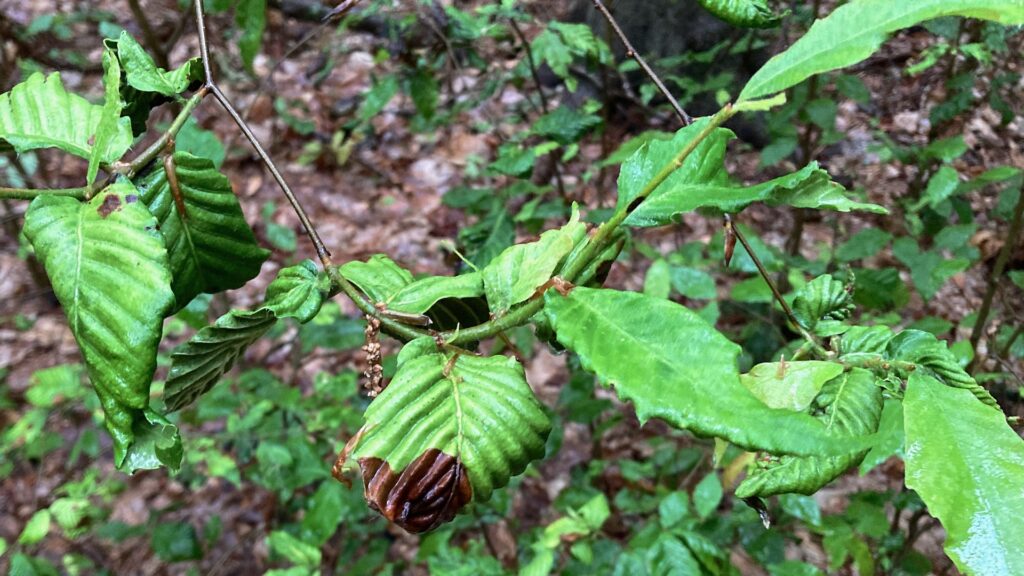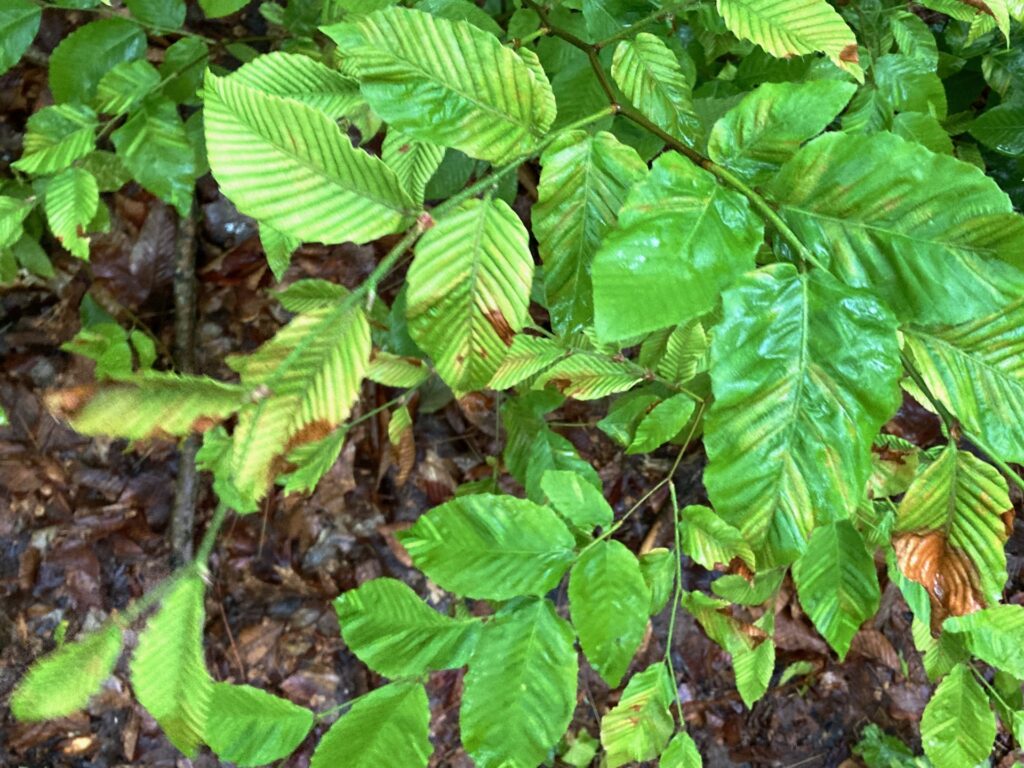A copy of the original covenant of Second Parish in Hingham — since 1770 called the First Parish in Cohasset — appears in the ministry record book used from about 1741 to about 1796 by ministers of the congregation. Those ministers were Rev. John Fowle (minister from 1741-1747), Rev. John Brown (minister from 1747-1791), and Rev. Josiah Shaw (minister from 1792-1796). That original covenant was adopted in 1721.
Given the current interest in covenant among Unitarian Universalists, I thought I’d post a transcript of this covenant, along with some supplementary historical information from this book. If we’re going to claim that covenant is a key part of our history, we need to understand that history — and what better way to understand that history than to look at some early covenants.
Some extracts of diverse matters, extracted from the records made by Rev’d Nehemiah Hobart [probably copied out of that earlier book by Rev. Josiah Shaw c. 1792]. …
July 13th 1721. I, Nehemiah Hobart, came into this parish, & preached a fast, & continued constantly preaching here, until Decem. 13th 1721, when I was ordained pastor of the Second Parish in Hingham.
Here follows some account of the Church of Christ in Cohasset, or rather as it then was Second-Parish in Hingham — extracted from the Manuscript-Record kept by Rev’d Nehemiah Hobart, first Pastor.
A Church gathered at Hingham Second Parish Decem. 12th 1721. — The Covenenant as followeth viz.:— We whose names are subscribed, apprehending ourselves called of God do unite & joyous together in bands of Gospel Communion & fellowship, for our mutual support & edification, in our Lord Jesus Christ: Under a Soul Humbling sense of our unworthiness of being in Covenant with God, our own insufficiency in, and of ourselves yo keep covenant with him. Humbly relying on free Grace for assistance, & with humble confidence of Acceptance We do in the name of our ord Jesus Christ, in the presence of God & his holy angels explicitly [?] & expressly covenant and bind ourselves in manner & form following — viz — We do give up ourselves unto God, whose name alone is Jehovah — Father, Son, & holy Ghost — To God the Father, as our chief and only good, & as our Lord Jesus Christ, as our Prophet, Priest, and King& only Mediator of the covenant of Grace — & unto the Spirit of God as our only Sanctifier & Comforter. And we do give up ourselves to one another, in the Lord, covenanting and promising to walk together as a Church of Christ, in all ways of his [illegible], according to the prescriptions of his holy word, promising with all tenderness and brotherly love we will with all faithfulness watch over one another’s souls, & that we will freely yield up to the discipline & power of Christ in his Church, & attend those seals & [illegible], & whatever ordinances Christ hath appointed & declared in his word; & wherein we fail & come short of duty, to wait upon him for pardon & remission, beseeching him to make our spirits steadfast in his covenant & to own us for his Church and covenant, people forever. Amen. — Nehemiah Hobart. …
1721/22 Febry 18th. … The persons who signed the Covenant were the following. Nehemiah Hobart — John Orcutt — Stephen Stoddard — Thomas James — John Jacobs — Ebenezer Kent — Jospeh Bates — Elijah Vinal [?].
[A later note in different handwriting states:] The males only, 8 in number, signed the covenant, at the gathering of the church — but about 21 females were immediately admitted [to full communion] — making the church to consist of 29 members.
I notice several things about this covenant:
— The covenant was drafted and signed only after several months of weekly preaching. No doubt there were many conversations between Nehemiah Hobart and the people of Second Parish.
— It appears that the covenant was not written out and signed until a couple of months after the church was gathered.
— The covenant is with their God first, and after that with other humans who follow that God. In other words, the vertical dimension comes first; the horizontal or human dimension comes second.
— Their understanding of their God included a conception of a trinity.
— The covenant does not explicitly state any relationship to other churches. However, there were implicit obligations assumed between the new church and other churches, e.g., the council that examined and ordained Hobart was made up of ministers from nearby churches.
— Women did not sign the original covenant.





